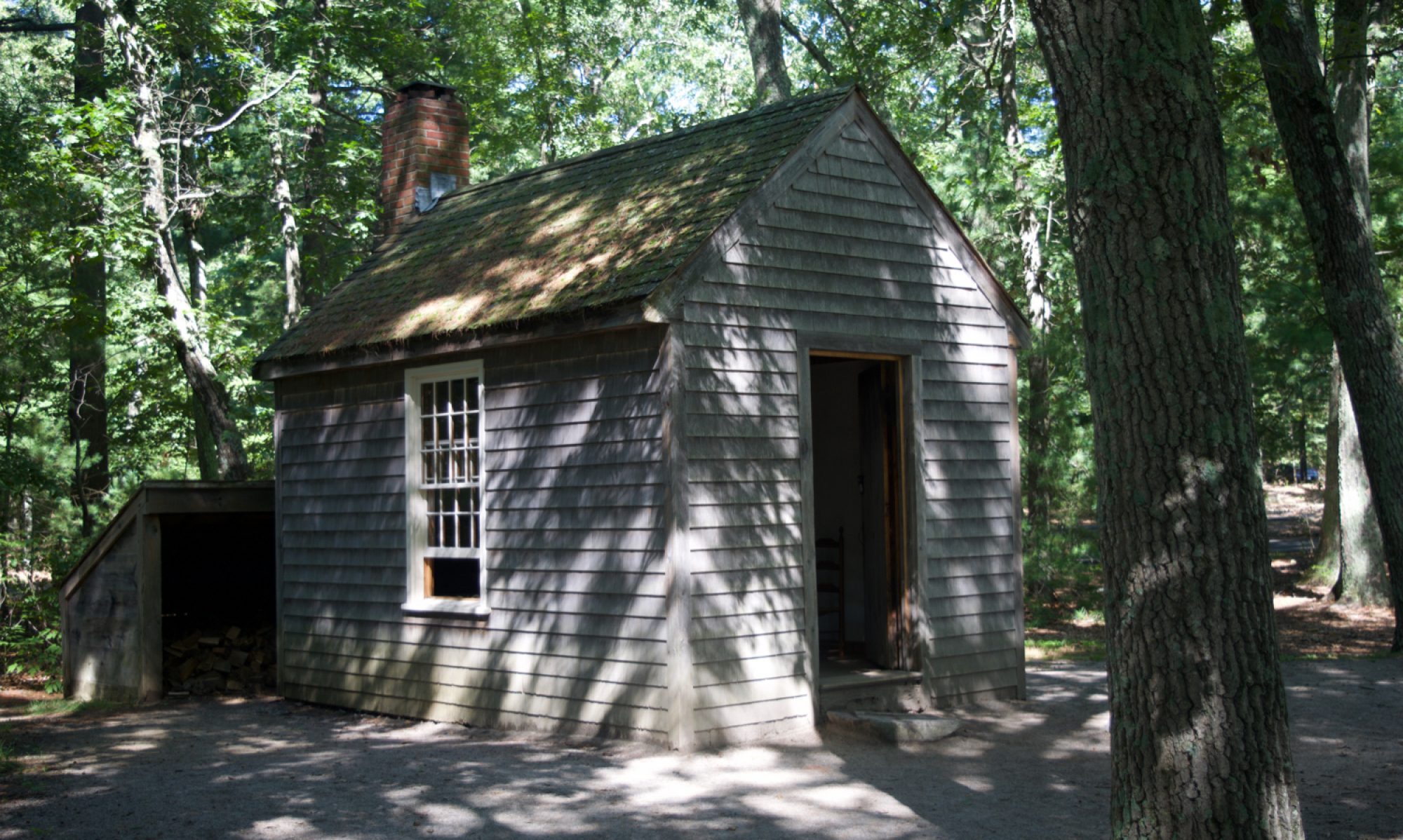
I’ve always loved Lego and this time of year is a great time to build things together. We have the 5766 Log Cabin set from 2010, and have been building the three different huts it has instructions for. I’ve also rebuilt it as Thoreau’s cabin in the woods by Walden Pond. As you might expect, I photographed the whole lot.
You can see the three official designs here, as Lego’s own description says: “Escape to the LEGO countryside in this 3-in-1 Log Cabin! Packed with great details, including an open fire with rotisserie, wooden logs, tree and opening doors and windows, this log cabin is an ideal wilderness getaway. Minifigure included and ready for backwoods adventure, with backpack, paddle and canoe. Rebuild into a country retreat or a river hut.”
Next is the Log Cabin itself in more detail, with lift-off roof, canoe, and joints of venison roasting above an open fire!










The second design is the Riverside Retreat, and is hinged at the side so you can open it up and see inside.







The third design is the River Hut, with a A-frame design and a bridge over a stream. Again this has a lift-off roof.






Finally, my Thoreau cabin built entirely from pieces in the set. It has a lift-off roof again, and I reused the tree design from the Log Cabin instructions. The last picture is the base layout to get you started if you want to build it yourself.







Here’s a slide comparison of my effort in Lego vs a reconstruction of Thoreau‘s:


Even though the Log Cabin set is discontinued, Lego still have a page about it with PDFs of the instructions to build the three official designs. If you have a good Lego collection already, you may be able to put it together without the set – especially if you have lots of sloping roof pieces. Second hand sets can be found on eBay and here are links to Amazon for some similar sets and the Log Cabin itself – I get a percentage of Amazon sales, which helps pay for the website 🙂

Outback Cabin 31098

Lakeside Lodge 31048

Mountain Hut 31025

Log Cabin 5766































